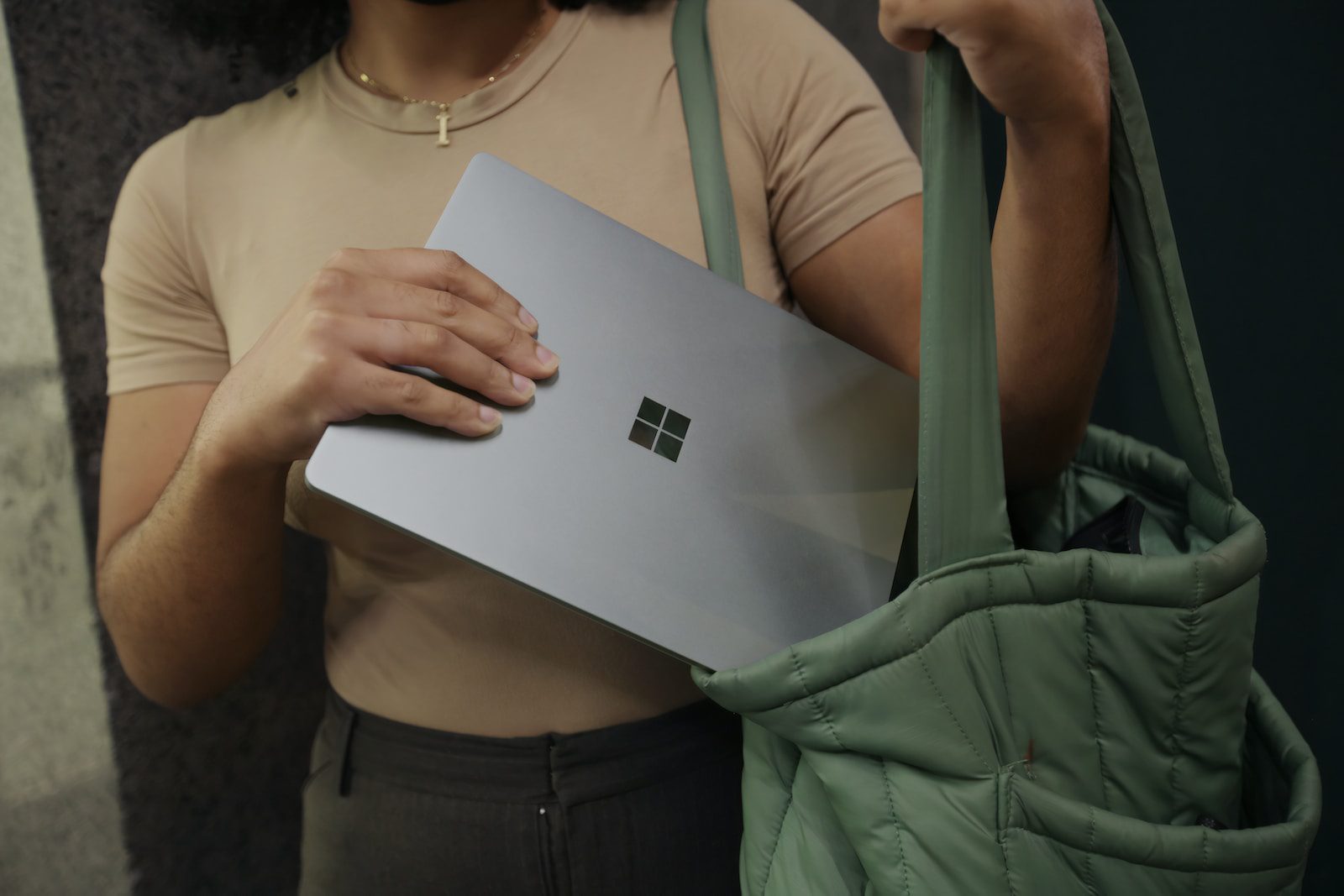A lot of managers, directors, and owners I meet have a lot of questions about choice of server, and rightly so! Once an organization hits a dozen or so employees a server is nearly mandatory for file storage, user account management, and any other business aspect that will benefit from centralization so the server becomes a crucial part of any organization. There seems to be a lot of choices surrounding the purchase of a server, and there also tends to be a lot of hidden costs that those outside of IT realize. Fear not, the following is a synopsis of selecting hardware so you can get your bearings:
To Rack or Not to Rack?
When deciding which hardware to purchase, the first consideration is whether to go with rack mounted or not. A rack is essentially a computer closet that allows a lot of servers and power supplies to stack together for easy management. Unfortunately, rack based hardware is often more expensive than the tower alternatives; however, the space, wiring, and headache saving it offers far outweighs the cost once you have three to five servers. If you are a branch office or don’t intend on ever having more than 2 servers, you can afford to stick with tower cases; however, anything more than that and you really should invest in rack mountable servers and a rack case.
What About Electricity?
When you purchase a server, electricity costs and battery backup are major factors. I personally use the rule that the backup needs to be able to run the server for at least 15 minutes on backup power. If your facility loses power, the server shouldn’t screech to a halt, it should recognize power has been lost and make a clean shut down otherwise you may have all sorts of data corruption so it is well worth it to splurge a bit on a reliable backup battery. As far as brands go, APC has never let me down, and I’ve heard great things about Cyberpower.
Unfortunately, power consumption also becomes an issue with servers and tends to be underestimated. Your server will probably run 24/7 every day of the year so every little bit less power consumption is a huge boon to your organization. You’ll have to balance speed and power efficiency for your organization and depending on the usage of the server, perhaps an Atom or i3 will be a better choice than that blazing fast Xeon.
How Powerful?
There are two schools of thought on how powerful of a server you should get. The first school of thought separates different servers to different functions, so eventually as the network grows to accommodate more and more users, servers are relegated to a very specific role. The logic is that each server can focus on doing one or two things and distribute the work while making the loss of a single server less catastrophic. The benefit is it is conceptually easy; however, it can be wasteful in power consumption and actual usage of available CPU and memory resources that may sit idle.
The other school of thought also separates functions; however, it does so in a virtual manner. As far as the network is concerned there are a individual servers; however, they all live on one or two hardware servers. The benefit is that you can easily shift servers around and maximize the usage of hardware; however, I have seen experienced IT managers have a great deal of conceptual difficulty when dealing with virtualization.
What Brand?
The question of what brand to buy comes up with some regularity. Despite my dislike of their laptops, I have had wonderful experiences with Dell servers; furthermore, Dell gives some non-profits and NGOs discounts on Dell hardware. That’s not to say that hardware from HP, Lenovo, Habey, Acer, and Asus don’t have a lot going for them, each has a segment where they outshine others.
Which Options Do I need?
This depends on how vital the server is to your operations. If you can live without your server for a day or two and have religiously backed up data you may not need any additional options; however, if your organization can’t live a day without its server, you absolutely need a redundant power supply, Xeon processor, ECC ram, and multiple server class hard drives arranged in a raid array. The power supply and raid array in particular will cause failover so that the remaining working equivalent assumes the work until new parts arrive.
A Few Recommendations:
For a bare minimum or entry level setup the Lenovo ThinkServer line, HP ProLiant MicroServer line, and Dell T110 each have some good cheap servers that can handle most small offices just fine. Moving up, the HP ProLiant line and Dell 200 series have some good mid range servers (the Dell 210 can be a bit noisy due to the fan configuration though). Moving up further you’ll find the tough as nails Dell servers from the 600 and 700 series which I’ve observed barely break a sweat despite serving hundreds of users on dozens of virtualized instances. I won’t really go into detail on further levels as it isn’t likely pertinent to the audience.
This is a good place to also mention that if you are a small Apple/Macintosh based organization, you should probably go with a Mac Mini or if you are a moderately sized Apple/Macintosh based organization you can probably go with a Mac Pro for your server hardware. The Apple/Macintosh route is far from cheap; however, they are relatively simple to manage and are considered fairly reliable. I’ve predominantly seen this sort of setup in small video production companies and private schools as many are put off by the cost of Apple/Macintosh hardware but it can even out as the server software is cheap and client access licenses are generally unnecessary.
Conclusion
Hopefully part 1 has helped you with questions concerning server hardware, stay tuned for part 2 which covers options for server software and ways to cut out the hidden costs. If you have questions or find yourself in need of a server, feel free to contact GeekOut Technologies, we are not hardware re-sellers so we can offer unbiased help when picking out and setting up hardware and software solutions that are right for your organization!



